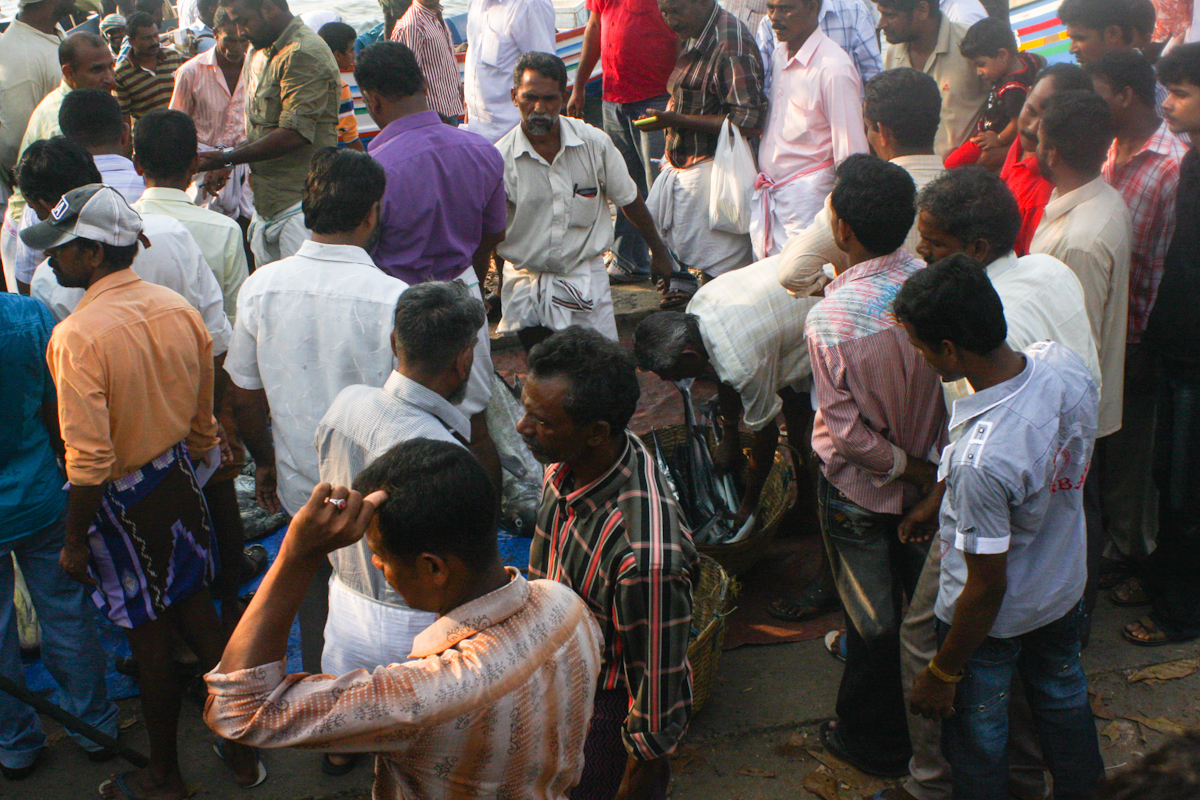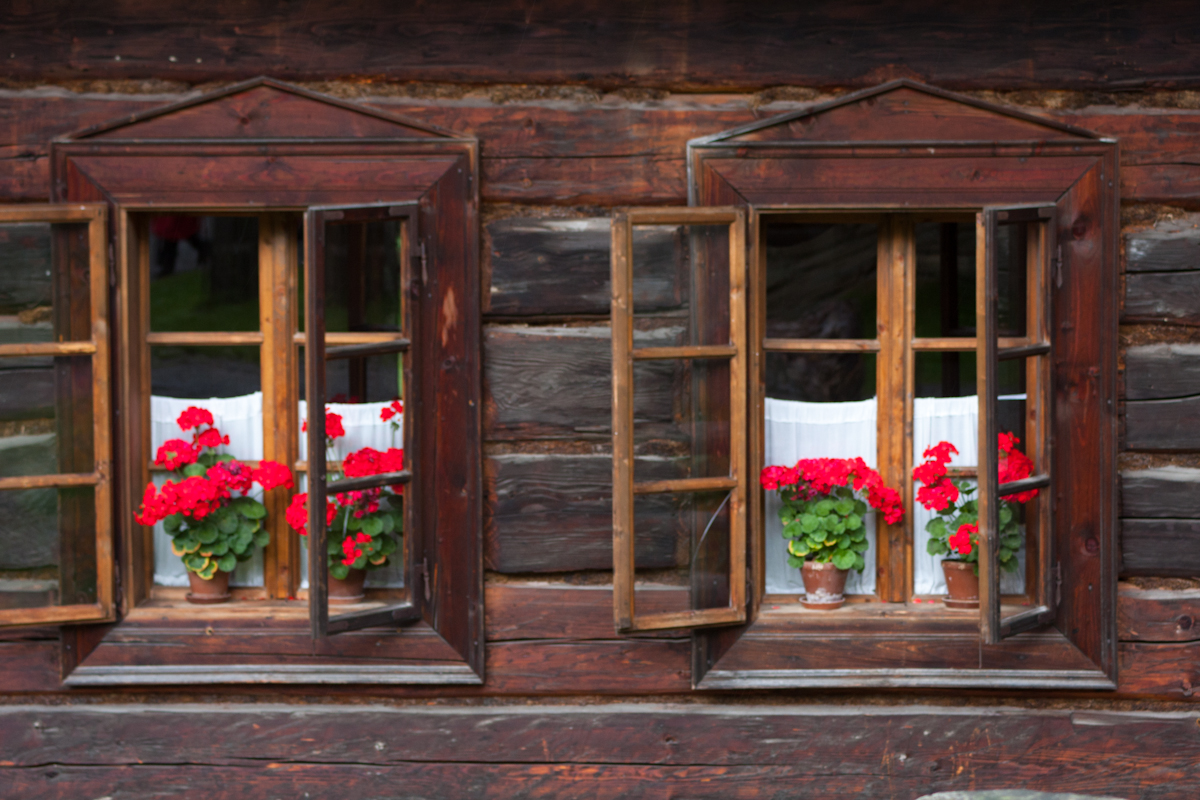South India is the area encompassing India’s states of Andhra Pradesh, Karnataka, Kerala and Tamil Nadu as well as the union territories of Lakshadweep and Puducherry, occupying 20% of India’s area. The region is also known as Dravida as is used in the national anthem.
South India lies in the peninsular Deccan Plateau and is bounded by the Arabian Sea in the west, the Indian Ocean in the south and the Bay of Bengal in the east. The geography of the region is diverse, encompassing two mountain ranges, the Western and Eastern Ghats, and a plateau heartland. The Godavari, Krishna, Tungabhadra, Kaveri, and Vaigai rivers are important non-perennial sources of water. Chennai, Bangalore and Hyderabad are the largest and most industrialised cities in the region. Chennai is termed as Gateway of South India, being one of the largest metropolitan cities in India.
A majority of Indians from the southern region speak one of the languages: Tamil, Telugu, Kannada and Malayalam. During its history, a number of dynastic kingdoms ruled over parts of South India whose invasions across southern and southeastern Asia impacted the history and cultures of modern sovereign states such as Sri Lanka, Singapore, the Philippines, Indonesia, Thailand, and Malaysia. The region was colonized by Britain and gradually incorporated into the British Empire.
Agriculture is the single largest contributor to the regional net domestic product, while Information technology is a rapidly growing industry. Literary and architectural styles, evolved over two thousand years, differ from other parts of the country. Politics in South India is dominated by smaller regional political parties rather than by national political parties.

